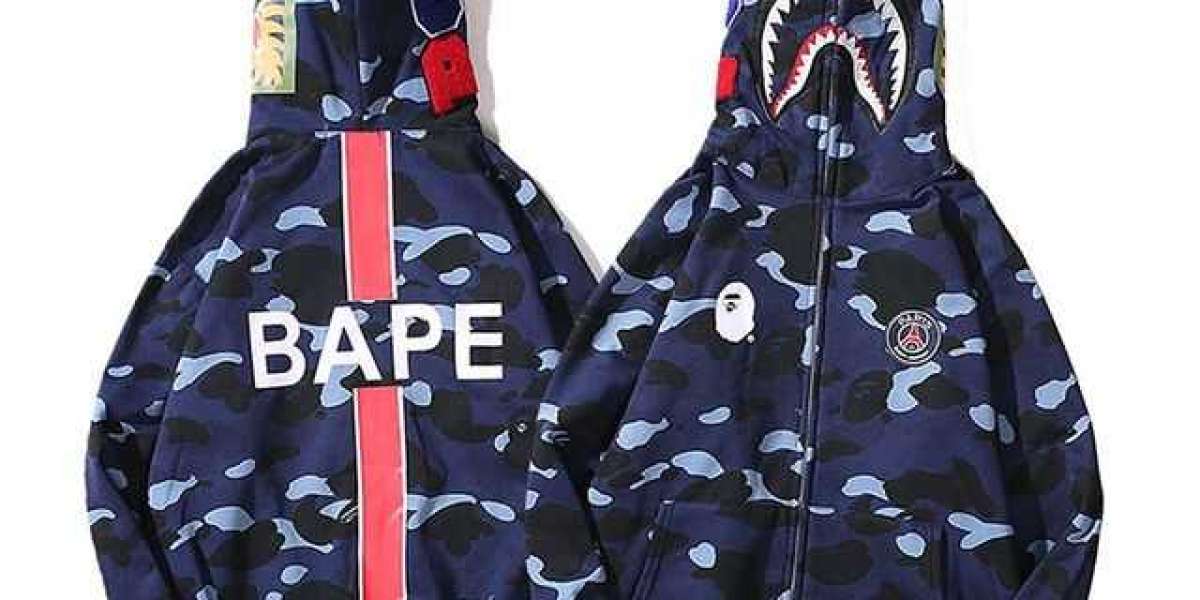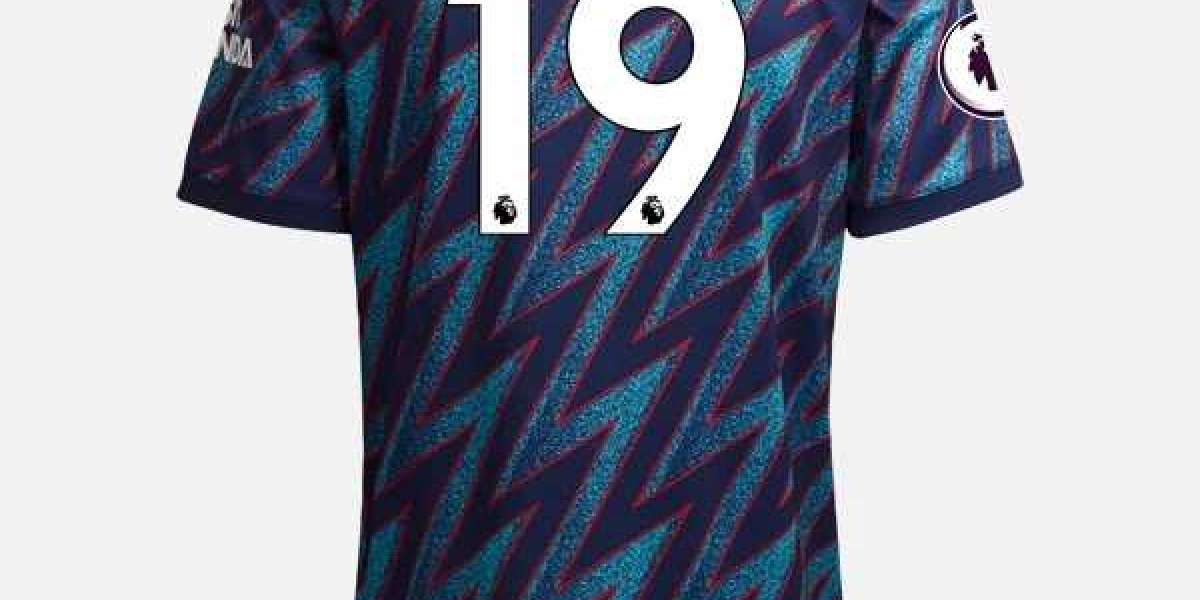Bape Hoodie The Cultural Appropriation Debate
A Bathing Ape, commonly known as Bape, is an iconic Japanese streetwear brand founded in 1993 by Nigo. Since its inception, Bape has ascended to global recognition, with its signature shark hoodie and camo patterns becoming emblematic of urban fashion. Bape Hoodie Official However, as with many fashion staples, Bape has not been immune to cultural appropriation debates. To truly grasp the nuances of this discussion, it's essential to unpack the term "cultural appropriation" and see how Bape fits (or doesn’t fit) the mold.
Cultural Appropriation Defined
Cultural appropriation is broadly understood as the adoption, borrowing, or imitation of elements from one culture by members of another, typically dominant culture. The concerns arise when this borrowing becomes disrespectful or when it reinforces harmful stereotypes, effectively robbing the original culture of its unique significance.
Bape's Rise to Global Popularity
Bape's transition from Japanese underground culture to global hype beast staple began with its introduction to American hip-hop artists in the early 2000s. Notable names like Pharrell Williams championed the brand, propelling it to global stardom. American urban culture embraced Bape, and soon after, so did the rest of the world.
The Cultural Appropriation Argument
Given Bape’s widespread appeal and its embrace by various subcultures, where does cultural appropriation come into play? The argument is multi-faceted:
Bape's Hip-Hop Embrace: Some argue that Bape’s connection to hip-hop, a predominantly Black culture, could be seen as appropriation. Since the brand didn’t originate from this culture, its linkage could be seen as capitalizing on Black cultural symbols.
Traditional Japanese Elements: Bape occasionally integrates traditional Japanese elements into its designs. If worn by those unfamiliar with the cultural significance of these symbols, it could be construed as appropriation.
Global Consumption: As Bape is a product from Japan, one could argue that its massive uptake by non-Japanese cultures is, in itself, a form of appropriation.
Counter-Arguments
However, it's equally essential to understand the other side of the debate:
Cultural Exchange vs. Appropriation: Not every exchange of cultural symbols is appropriative. With globalization, cultures will inevitably mix and influence one another. It’s crucial to differentiate between appreciation and appropriation.
Founder's Intent: Nigo has always maintained that Bape was inspired by his love for hip-hop and that he saw his brand as a tribute, not a theft. His personal relationships with hip-hop icons validate his genuine admiration for the culture.
User Responsibility: Brands produce, but consumers choose. If there are instances of appropriation, it might lie more with how consumers wear and represent the brand than with the brand itself.
Conclusion
The Bape hoodie, as with many fashion icons, finds itself in the throes of a cultural appropriation debate. While there are valid points on both sides, it underscores a broader issue. Bape Jacket The dialogue around cultural appropriation is vital, and so is the effort to discern genuine appreciation from outright exploitation.
However, as with all things in the realm of culture and fashion, subjectivity reigns supreme. What one person views as homage, another might see as theft. It's essential, then, for brands and consumers alike to tread with awareness, respect, and a genuine desire to understand the cultures they engage with.








